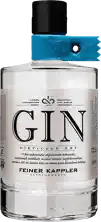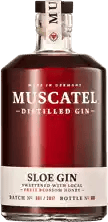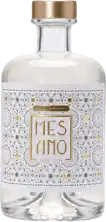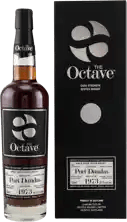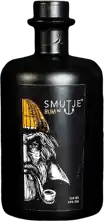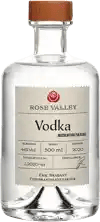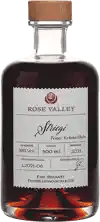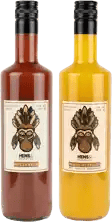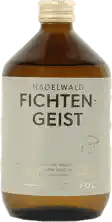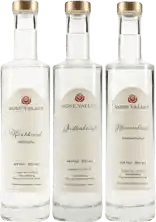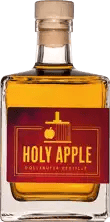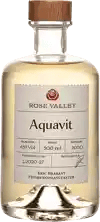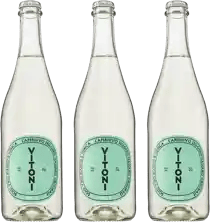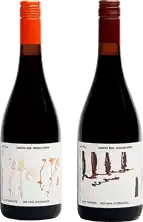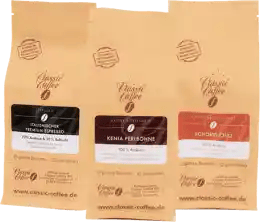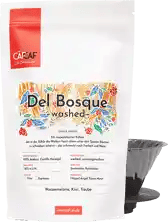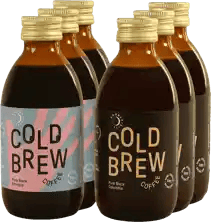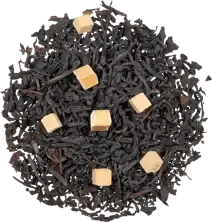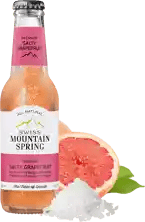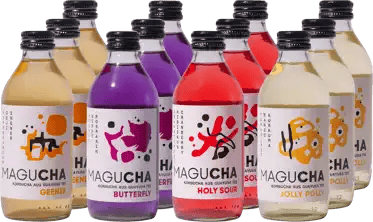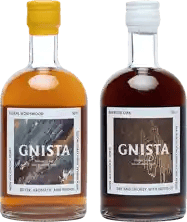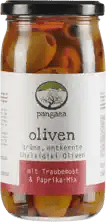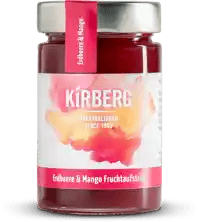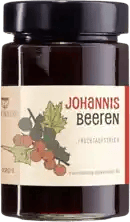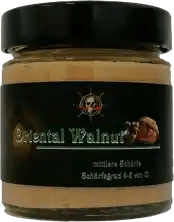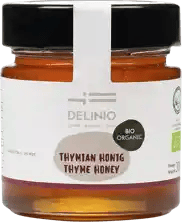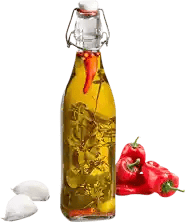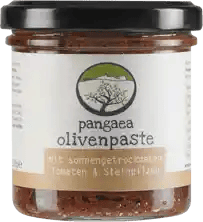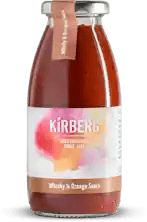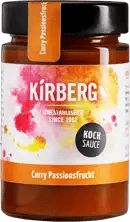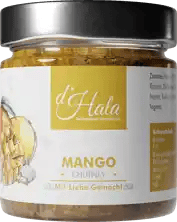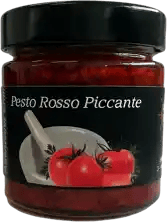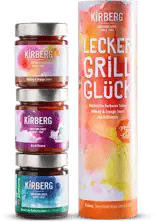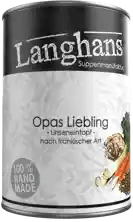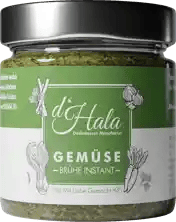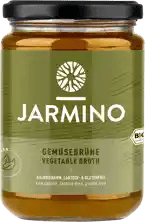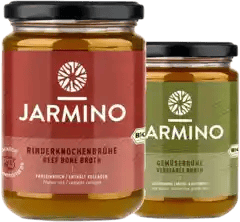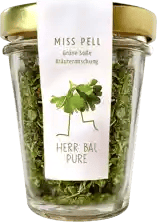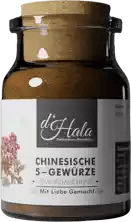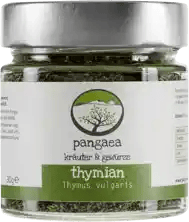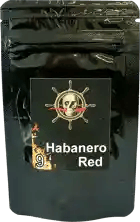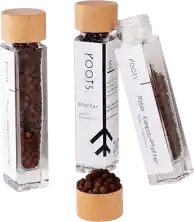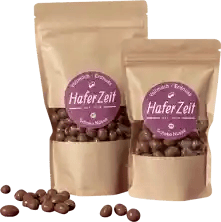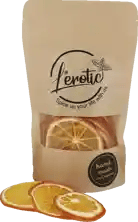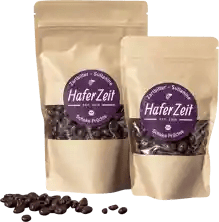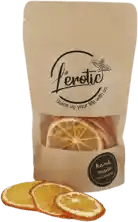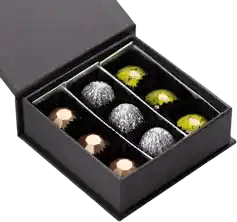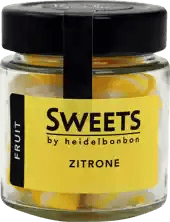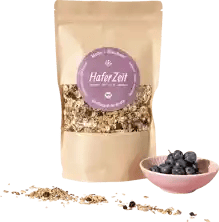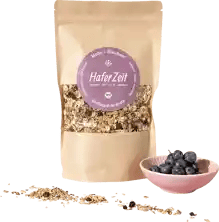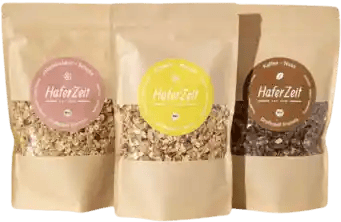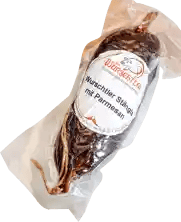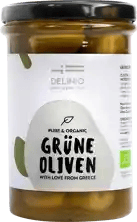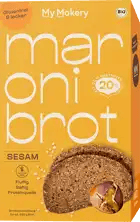Quality instead of quantity!
6,000 independent products
No mainstream
6.000 independent products
Interview with mountainbyrd: History, production and special features of pisco
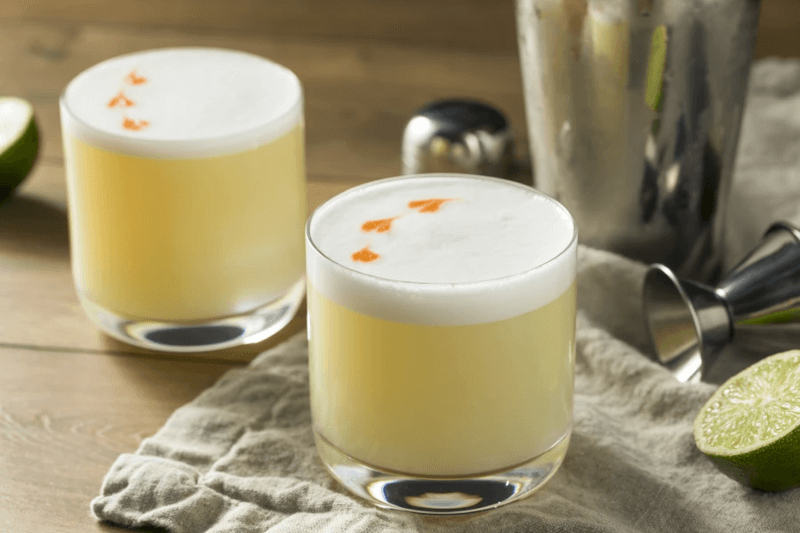
Pisco is still a niche spirit in Germany. However, Phillippe Honsberg knows that we Germans are connoisseurs and now wants to make pisco better known in Germany. With his mountainbyrd brand, he is focusing on a fresh image for the national spirit from Chile and Peru as well as top quality. In an interview with us, Phillippe tells us everything you need to know about pisco: from its history and production to the difference to other brandies and its key quality characteristics.
You can order mountainbyrd Gran Pisco de Chile with free shipping here
Pisco is the national drink of Chile. How did you come to produce a pisco and sell it in Germany?
To be honest, the whole project came about through a series of coincidences. I worked in mergers & acquisitions for several years and during this time I was able to work with several shareholders of successful companies, some of which I founded myself. This time awakened the desire in me early on to set up a company myself.
Of course, this also requires an idea, which in case of doubt has to come at the right time and in which you believe strongly enough to take the step into self-employment. Last year, I got to know a German-Frenchman who grew up in Chile through work, and one day he told me about the "national spirit pisco". I was completely unfamiliar with the product, but it aroused my curiosity. After a few weeks of researching the product and analyzing the market by talking to bartenders, I had the feeling that this could become a business! That's how it all began.
How well known is pisco in Germany? Is it something for spirits connoisseurs or is it already more established?
Pisco is definitely still a niche spirit in Germany with a low level of awareness. Its presence in Chile and Peru is so strong that anyone who has ever been there has come into contact with the product. As a result, I have many customers who have traveled to the countries in the past or have friends/acquaintances who come from the countries or have lived, worked, studied and so on there.
But of course it is also known to trained bartenders or connoisseurs who really know about spirits. It is helpful that South American cuisine is currently conquering Europe with concepts such as "Coya" (on Mykonos, among other places), which has its own pisco bar & lounge. I notice that this is also slowly increasing the awareness of pisco in Germany.
If you're not yet familiar with pisco, what other spirits can you compare it to in terms of taste?
The association that most people have is: "Tastes like grappa, but fruitier & smoother". I can understand that, because grappa is very well known in Germany and also has its origins in the vineyard. Certain notes can therefore be found in both products. In contrast to pisco, however, grappa is not a brandy distilled from the juice/must of the grapes, but a pomace brandy distilled from the "waste" of wine production (e.g. stems, skins, seeds). This also creates the difference in taste.
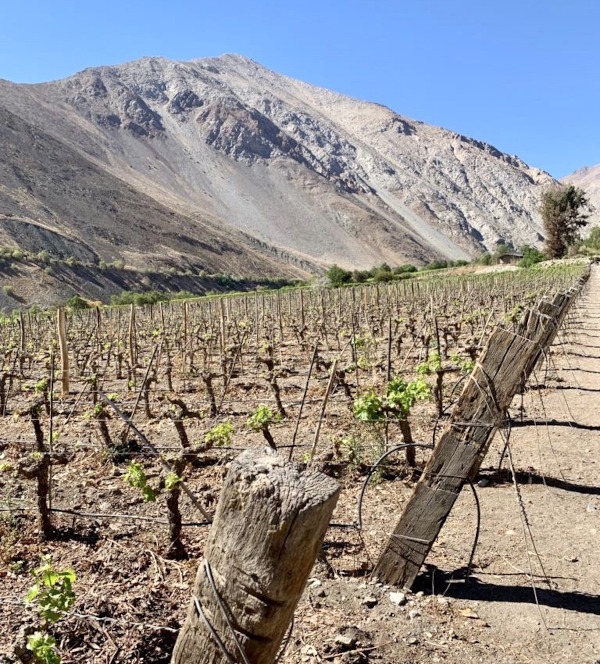
Pisco is a brandy, which is why wine growing naturally plays a central role in the taste and quality of pisco
How is pisco made? What makes it different from other brandies?
In its basic production, pisco is generally no different from the production of any other brandy, such as cognac. To put it simply, grapes are grown, pressed, fermented, distilled and then stored. The difference lies in the viticulture/terroir and the approaches of the individual producers for each step of the process. Do I grow vines that are designed for a high yield or rather high quality? Do I only take the must from a gentle first pressing or do I squeeze the grapes to the last drop? Do I distil once or three times? Do I store the spirit in barrels for years afterwards or do I market it directly? Quantity and quality are inversely linked in many production processes, so that the basic processes are the same, but the producer has an adjustment screw at each step that is set to either quantity or quality.
Pisco always has to be imported from Peru or Chile. Is that right?
For the European Union at least, the answer is yes. Brandy from both countries can be called pisco here. Some countries only accept pisco from Chile, others only from Peru. The dispute between the two countries as to which is the original pisco and which country produced pisco first is now very old.
In summary, it can be said that both countries produce "evidence" dating from 1586 to 1733, a time when the two countries of today, Chile and Peru, were a single national territory. Chile gained its independence from Spain in 1818, Peru three years later in 1821, so it is more of a search to find out in which territory the first pisco was distilled, according to today's borders. In the end, it was always land conquered by Spain and the Spaniards themselves also brought the vines and viticulture - for the church mass - to South America.
What is certain is that the two products are different. One reason for this is that the terroir for growing grapes is more than 2,500 kilometers apart, meaning that the grapes (the starting product) are simply grown under completely different climatic conditions. Another is that the two countries have different regulations for production. For example, pisco in Peru may only be stored in steel tanks and not in oak barrels as in Chile. This naturally results in different flavor profiles. In Chile, these production specifications are regulated by Decree No. 181, which was issued in 1931. The Peruvian regulations, on the other hand, are based on a decree that was passed in 1991.
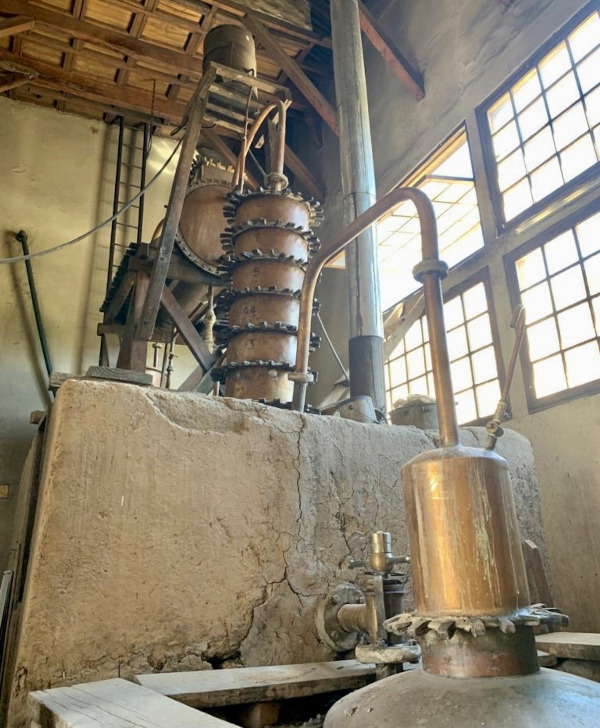
Pisco is produced in the same way as other brandies: The cultivated grapes are pressed, fermented, distilled and then stored. The quality is controlled by the cultivation of the grapes, the way the pisco is distilled and how it is stored
What is important for a high-quality pisco? As with all spirits, there are very cheap piscos and also very expensive ones.
This question follows on directly from the question about production. There are various factors that ultimately influence the price of a pisco. It starts with the grape cultivation. The grapes for mountainbyrd come from vines that are on average 75 years old. These are the oldest pisco vines in Chile. Compared to younger vines, such vines have a much lower yield, but due to the deep roots and modified grape shape, the berries have an extremely intense flavor. During the harvest and the rest of the process, no machines are used and a lot of the work is done by hand, which is an additional but worthwhile effort in terms of quality. In addition, only the juice from the very gentle first pressing is used for the mountainbyrd. Squeezing more juice would certainly be good for quantity and price, but not for quality, so we leave this to other producers. The mountainbyrd is still distilled over a real wood fire, which the master distiller keeps burning day and night. And last but not least, the mountainbyrd is allowed to mature for two years in American oak instead of being marketed directly.
In my research on pisco, I found a lot about the pisco sour. Is the sour the cocktail for pisco?
The pisco sour is definitely the best-known and most widespread international form of pisco at the moment. The drink was invented by the American Victor Vaughen Morris. Now, in principle, I am inclined to argue that the worldwide popularity of this mixture is proof that it is also the best/tastiest use for pisco. However, there were times in the past, such as the years before Prohibition, when the pisco punch was the most popular pisco cocktail in the USA - again invented by an American Duncan Nicol.
At the end of the day, however, it is not important for the individual in which use pisco tastes best, but everyone should find out for themselves which drink they like best.
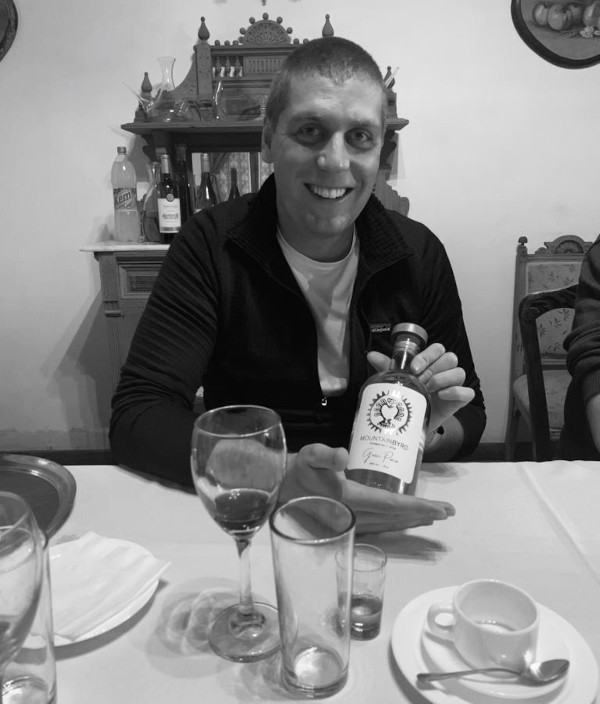
Founder Phillippe with his mountainbyrd Gran Pisco de Chile
What is your goal with mountainbyrd Gran Pisco de Chile?
The honest answer is, of course, that my goal is to earn a living with it. After all, I have to pay my rent somehow. But I realize that I really enjoy expanding the spirits market with mountainbyrd. I reach a lot of customers# who have never heard of pisco, who then find it super tasty and enjoy it, often in the form of a pisco sour, which enriches their evening. So the goal is very clear: to make pisco better known as a product category in Germany and, with a high-quality product like mountainbyrd, to offer consumers the opportunity to experience a special taste within the category.
How do you see the development potential of pisco in Germany? The rise of craft beer, gin and the growing popularity of whisky show that the German market is open to new ideas. Perhaps it's precisely new, fresh brands like mountainbyrd that are needed to get the ball rolling.
I am confident of this. Nowadays, consumers are already much more conscious in their consumption, even in the broader masses, and place quality above cheap quantity. Pisco is still a largely unknown category and therefore inevitably has potential. In Germany, however, trends certainly need time to develop, even if there is always a certain percentage of people who are keen to try it. However, it will be some time before pisco becomes widely known. Without a mega event with a "vuvuzela effect", such as a soccer World Cup in Chile or similar, the saying "constant dripping wears away the stone" applies. The mountainbyrd has just convinced the first curious people and the feedback is overwhelmingly positive. This means that a customer base is being built up through recommendations/mouth-to-mouth propaganda.
What other pisco cocktails do you recommend if people don't necessarily like sours?
First of all, I always recommend trying pisco neat to get a feel for the spirit. Otherwise, I often don't recommend cocktails at all, but long drinks. Depending on personal preference, with ice-cold tonic, ginger ale or ginger beer. These mixes taste fantastic and are super easy to mix at home. The convenience factor simply speaks for itself. I make pisco sours myself when several people are invited in the evening. Also easy to make in a blender and then 15 drinks at once. For a visit to the bar, where the nice mixologist does all the work for you, I like to recommend a pisco punch.
Whether pure, Pisco Sour or Pisco Punch, with the high-quality mountainbyrd Pisco, all options are open to you. The purchase is free of shipping costs.
Matching products to the article
Win a Hop Gin & Tonic Set!

Win a
Hop Gin & Tonic Set (1x Gin, 4x Tonic)
worth 36€

It's never been so easy. Simply register now & join in!
Erfolg!
Klasse, jetzt musst du nur noch deine Anmeldung bestätigen. Dazu hast du eine E-Mail im Postfach.
Recent articles
-
23 AprMoon Spirits Premium Dry Gin - a gin like moonlight
-
18 Apr"Our sausage contains Franconia" - A portrait of the Wurschtler
-
13 AprWhat is the difference between coffee and espresso?
-
11 AprWhat is mascarpone? Info, alternatives & more
-
09 Apr"Trees instead of fences" - a portrait of Wildlieb
-
04 AprTruffles - interesting facts about the noble delicacy
-
26 MarLow carb - All about a low-calorie diet
-
12 MarExplosive aromas & harmonious balance - ver in an interview about Vermouth
-
12 MarTapas - everything about the small dishes from Spain
Brilliant!

Bitte bestätige deine Anmeldung noch eben - du hast eine Bestätigungsmail von uns. Klicke darin auf den Link. Danach bekommst du deinen Rabattgutschein.























